Many workplaces contain spaces that are considered “confined” because of their configurations. A confined space is large enough and configured in such a way that you can enter and perform assigned work. A confined space has a limited or restricted means of entrance or exit, and a configuration that can make first aid, rescue, evacuation, or other emergency response activities difficult. They are not designed or intended for continuous occupancy.
Examples include storage tanks or bins, mixing tanks, railroad tank cars, silos, vaults, and pits. Confined spaces create the ideal conditions for the onset of claustrophobia. Confined spaces can be large or small and above or below ground.
There are two types of confined spaces, non-permit required and permit required.
Permit required confined spaces are identified by one or more of the following:
- A hazardous atmosphere
- A hazardous internal configuration
- An entrapment hazard
- Other physical, chemical, mechanical, or biological hazards.
Your employer must conduct hazard assessments to determine present or potential hazards in a confined workspace. If the hazards cannot be eliminated but can be controlled, then the confined space is classified as a permit required confined space. This means that entry into the space requires a special permit and training, and that workers must follow certain policies and procedures.
If all physical and atmospheric hazards in a confined space can be eliminated and not just controlled, the confined space is classified as a non-permit confined space. Entry into a non-permit confined space does not require a permit and can occur as many times as necessary. However, due to the limited space, workers should still follow safety precautions.
A permit required confined space can be reclassified as a non-permit confined space only for as long as the hazards remain eliminated. If a hazard cannot be eliminated, the only remaining option for entry is the enactment of a Permit Required Confined Space Program in order to control the hazard.
Only specially trained and authorized personnel are allowed to participate in emergency rescue operations in a confined space.

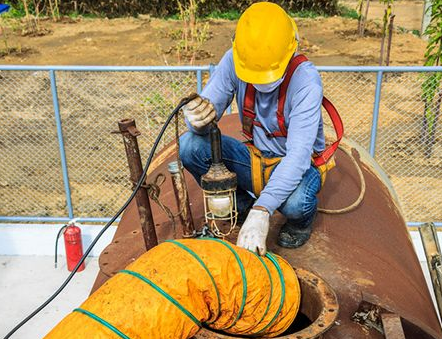



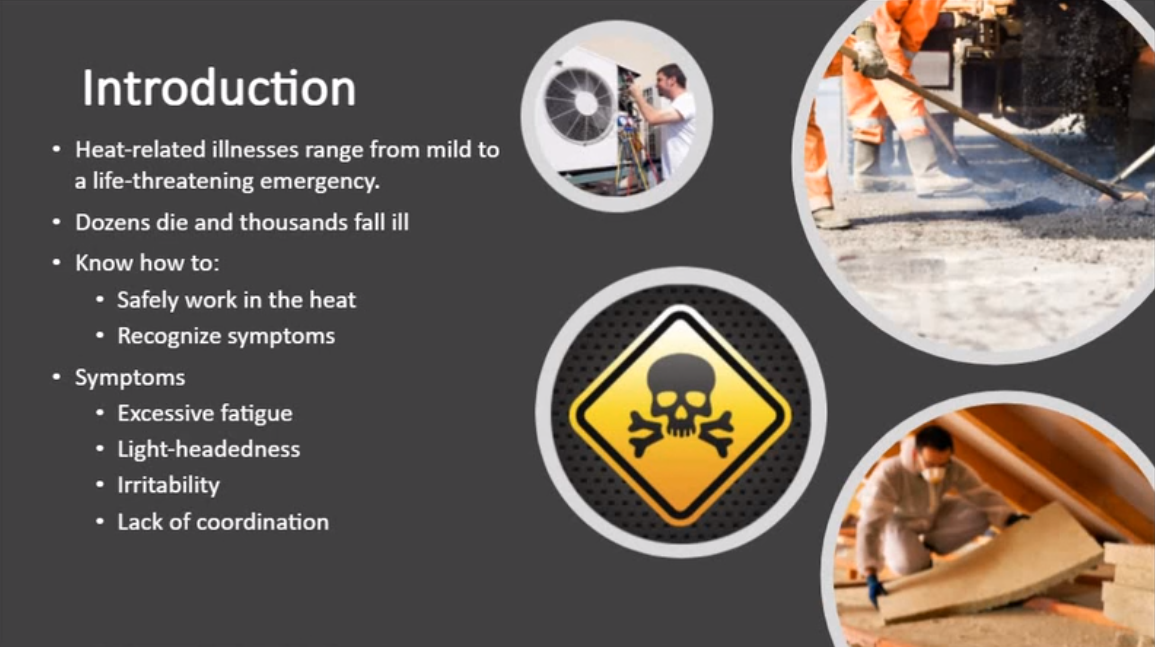

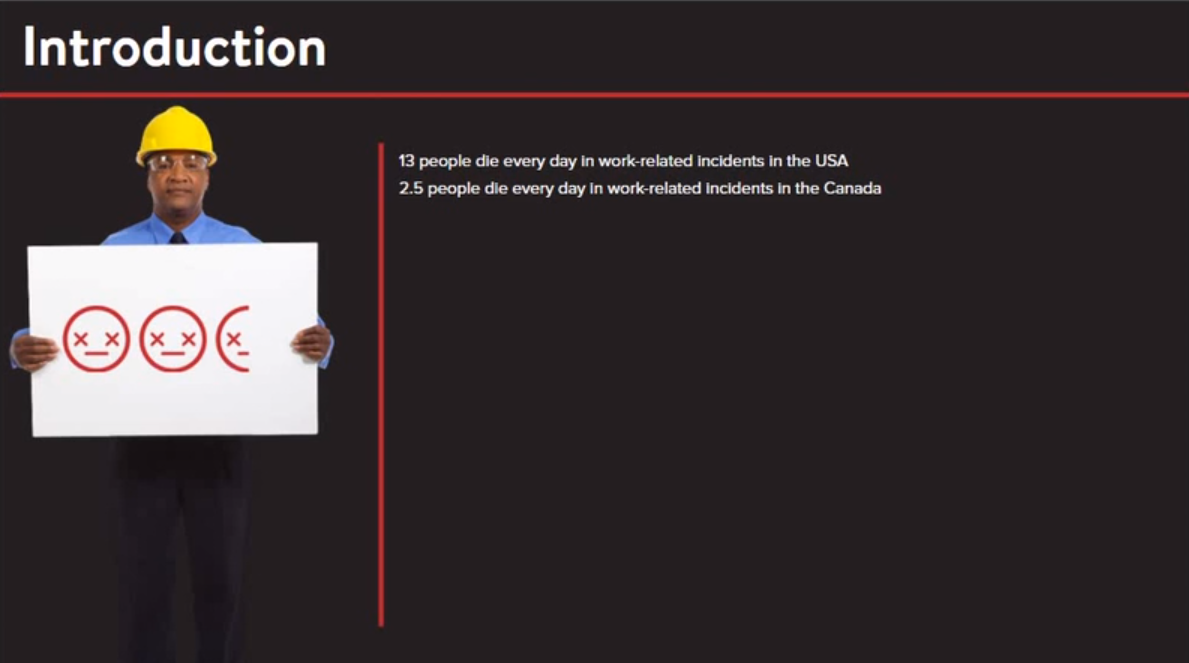
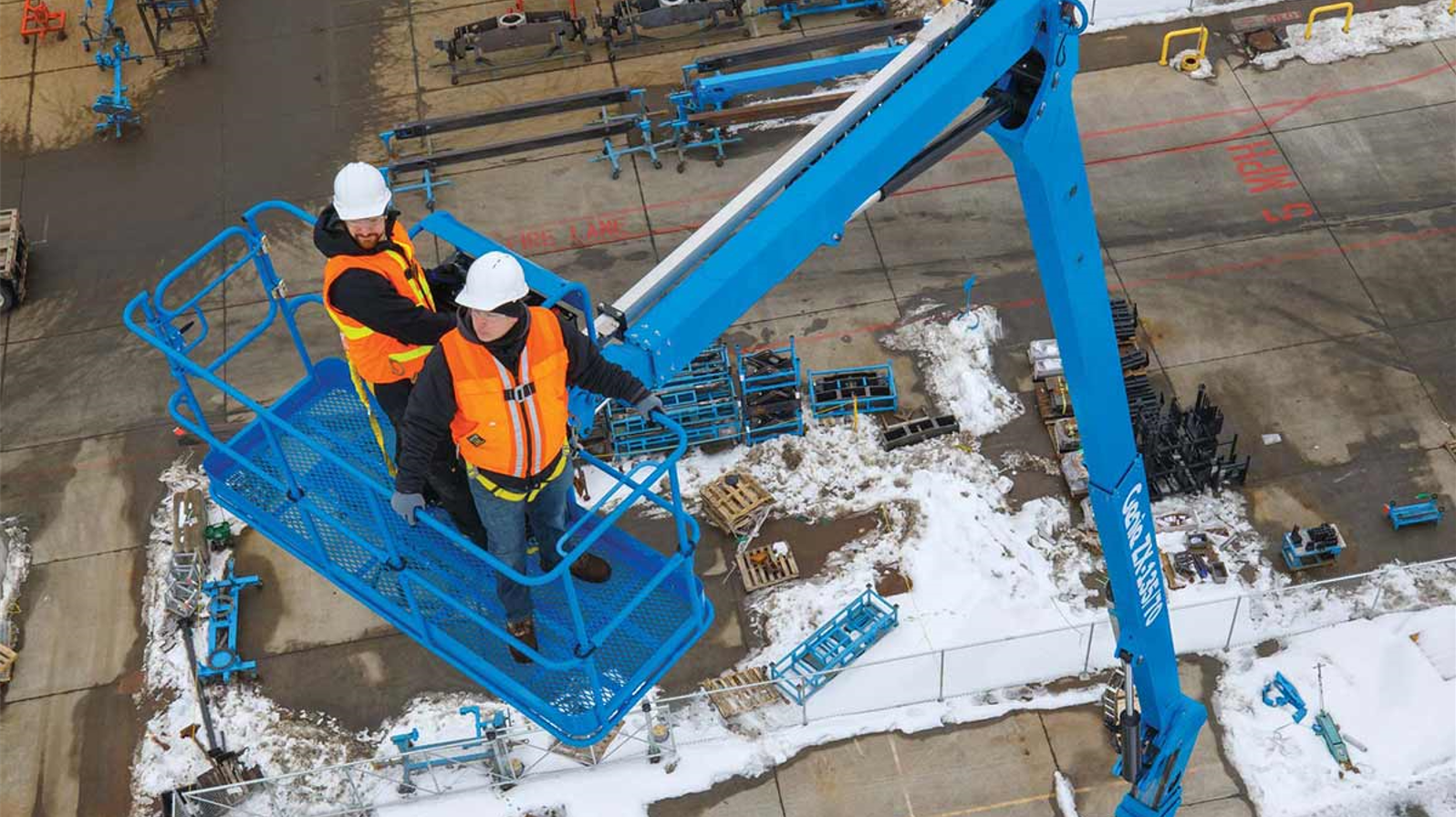
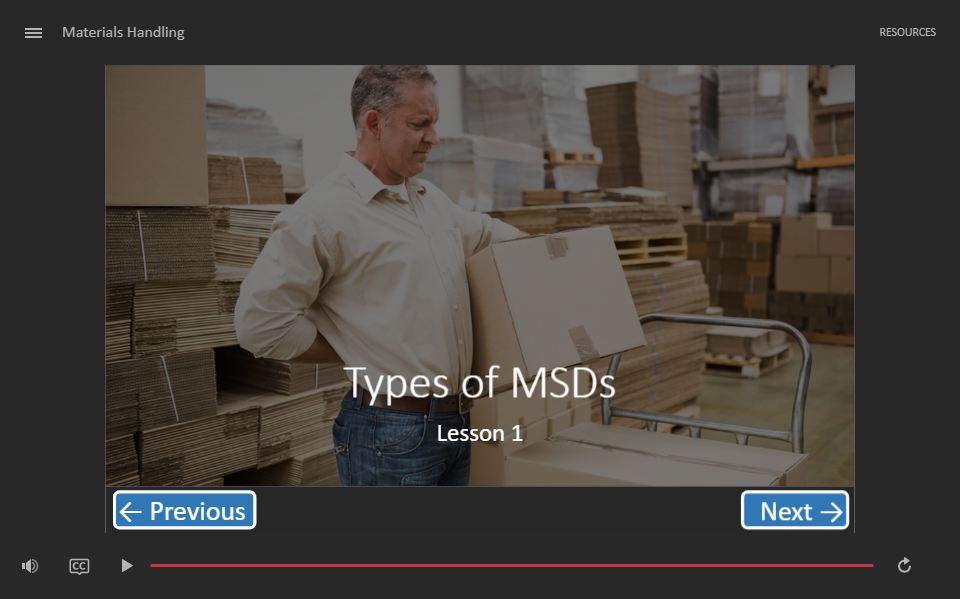


Reviews
There are no reviews yet.